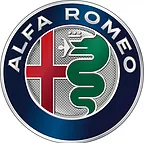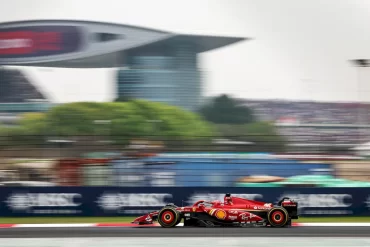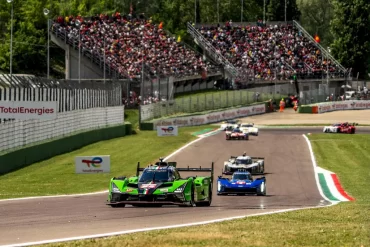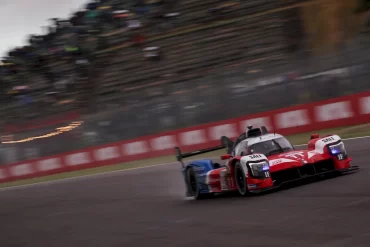Dell’Ingegner Giorgio Stirano
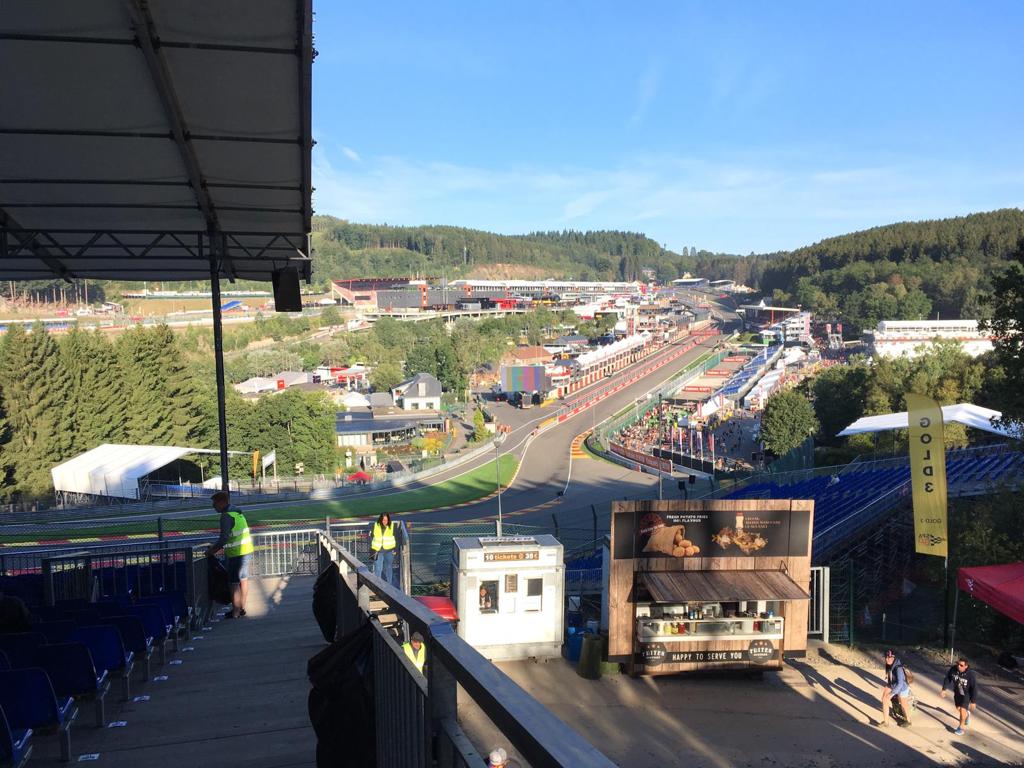
A seguito di un incidente mortale, l’esercizio della retorica raggiunge il suo picco. E la frustrazione è altrettanto grande quando si guarda il viso pulito del giovane pilota. Il nostro lavoro, come tecnici, è capire cosa dobbiamo fare per far cessare tragedie come questa. Non possiamo cambiare il passato, ma lavorare per il futuro. Sento delle voci che si alzano per eliminare Spa dal circuito mondiale di F1.
Il Motorsport è pericoloso e se vuoi evitare il rischio di un grave incidente, devi smettere di correre.
Credo che questo non sia giusto. Invece, dobbiamo lavorare umilmente per ridurre al minimo i rischi. E la zona delle curve di Eau Rouge è in realtà da rivedere. In particolare l’uscita verso il rettilineo successivo.L ‘auto di Hubert è uscita in cima alla collina, nella via di fuga, colpendo la barriera di pneumatici posta all’esterno e ricevendo una reazione elastica che l’ha rispedito verso la pista. In quel momento si è creata una situazione in cui anche altre auto hanno lasciato la pista, e in particolare Correa ha colpito l’auto mentre stava guidando nella zona della via di fuga, come visto dai video della gara.
Cosa dobbiamo fare per evitare queste terribili situazioni?
Prima di tutto l’ampliamento dell’area della via di fuga, con una modifica della sua forma, che non deve più essere con le barriere che corrono parallele, ma con una tendenza “crescente” verso la zona del rettifilo di Kemmel per ridurre l’angolo d’impatto. L’angolo di impatto della vettura di Hubert in realtà deve essere stato di circa 10 gradi. È inoltre necessario applicare misure di riduzione della velocità, sia per quanto riguarda la superficie della via di fuga, sia per quanto riguarda il materiale posto davanti alle barriere che non può essere costituito da pneumatici. Perché le gomme non possono essere il materiale di assorbimento energetico in questa zona del circuito? Perché le gomme sono un elemento che, elasticamente, restituisce la forza ricevuta nell’impatto invece di smorzare l’impatto. In questa zona l’obiettivo deve essere quello di evitare che l’auto venga rimbalzata di nuovo in pista. Essenzialmente la rivisitazione dell’Eau Rouge dovrebbe essere trattata come se fosse una linea dritta e quindi l’utilizzo delle gomme come protezione secondo me non è consigliabile.
WHAT WE LEARN FROM THIS ACCIDENT AND WHAT WE HAVE TO DO
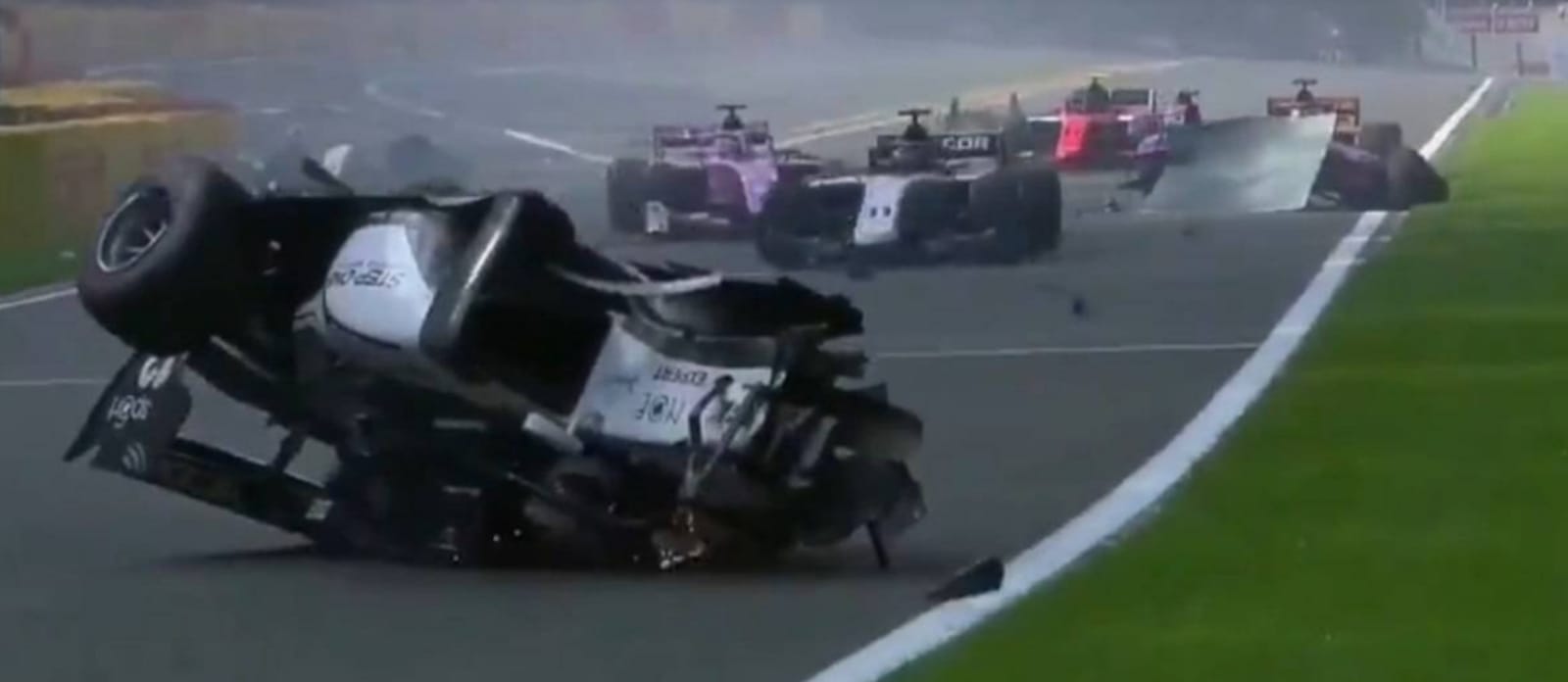
In the aftermath of a fatal accident, the exercise of rhetoric reaches its peak. And frustration is just as great when you look at the young driver’s clean face as a child. Our job as technicians is to understand what we must do in order for this tragedy to stop happening. We cannot change the past, but work for the future. I hear voices getting up to exclude Spa from the F1 world circuit.
Motorsport is dangerous and if you want to avoid the risk of a serious accident you have to stop running.
I believe this is not right. Instead, we need to work humbly to minimize risks. And the area of the Eau Rouge curves is actually to be reviewed. In particular the exit towards the Kemmel Straight. Hubert’s car came out at the top of the hill in the run off area hitting the tire barrier placed on the outside and receiving an elastic reaction that rejected it towards the track. At that moment a situation was created in which other cars also left the roadway, and in particular Correa hit the car while he was driving in the run off area, as seen from the videos of the race.
What must we do to avoid this terrible situation?
First of all the expansion of the run off area with a change in its shape, that must be no longer with the guard rail running parallel to the truck but with a “widening” trend toward the Kemmel Straight to reduce the impact angle. Hubert angle that actually must have been about 10 degrees. It is also necessary to implement measures of reduction of speed both as regards the surface of the run off area and when it concerns the material placed in front of the guard rail which cannot be made up of tires.
Why can’t tires be the energy absorption material in this area of the circuit? Because the tires are an element that elastically returns the force received in the impact instead of damping it. In this area the target must be to prevent the car from being bounced off to the track again. Essentially the output of the Eau Rouge it should be treated as a straight line and therefore the use of tires as protection in my opinion is not advisable
#F1 #GPBelgio #Sicurezza #Spa #Hubert #Incidente #RMCMotori #PaoloCiccarone


